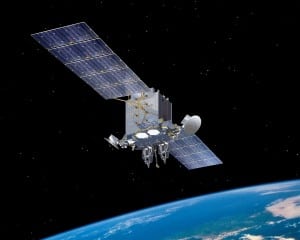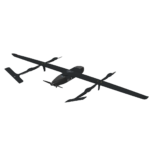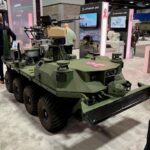
U.S. Strategic Command (STRATCOM) hopes to ramp up installation of its replacement for the Milstar satellite constellation, as reliability problems of the nuclear-survivable legacy system have slowed the follow-on’s procurement timeline, STRATCOM’s No. 2 official said during a speech in Washington Tuesday.The military has sent a fraction of the available follow-on Advanced Extremely High Frequency (AEHF) satellites into orbit, but integration problems between the two different-era systems has posed challenges for AEHF launches, STRATCOM Deputy Commander Air Force Lt. Gen.…













